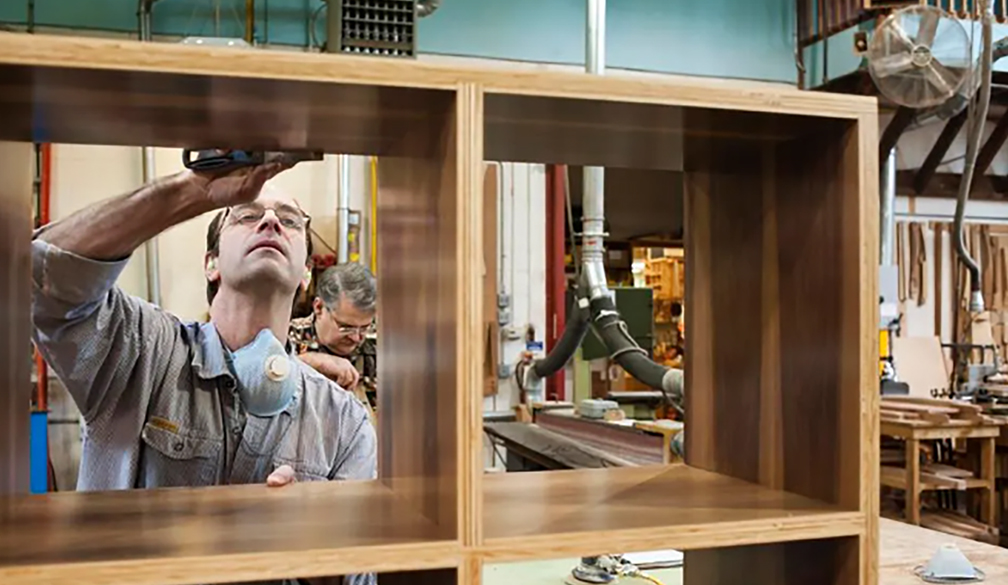The Evolution of Green Furniture: Embracing Sustainable Materials

The world of interior design and furniture has seen a significant shift in recent years. As the global community becomes more environmentally conscious, the demand for sustainable and eco-friendly products has skyrocketed. Home furniture, a staple in every household and office, is no exception. This article delves into the heart of this green revolution, exploring the sustainable materials making waves in the furniture industry.
Understanding the Green Shift
The environmental impact of industrial production has long been a concern. As awareness grows, consumers are increasingly gravitating towards products that prioritise the planet. The furniture industry, recognizing this shift, has begun to integrate sustainability at every stage, from design to manufacturing. But what does sustainable furniture truly entail? It's a blend of renewable and non-toxic materials, sustainable manufacturing practices, and a focus on longevity and durability.
Showcasing Sustainable Designs
Innovation is at the heart of the sustainable furniture movement. Designers and brands are not only considering the environmental impact of materials but are also focusing on the entire lifespan of products. The principles of the circular economy are becoming central, emphasising repair, recycling, and prolonged material lifespan. A glance at some of the latest designs reveals a fascinating blend of creativity and sustainability. From tables crafted from discarded yoghurt pots to seating made from repurposed beer kegs, the industry is redefining what furniture can be.
Diverse Materials, One Goal
The journey to sustainable furniture is paved with a variety of materials, each bringing its unique touch:
- Wood & Veneer: Wood, a classic choice, is being reimagined. While hardwoods have their charm, materials like MDF and chipboard are emerging as sustainable alternatives. Fewer trees are felled, and production methods are energy-efficient. Moreover, wood veneer furniture, with its durability, offers the aesthetic of hardwood without its environmental cost. The use of veneers, especially those sourced responsibly, is ushering in a new era of green furniture.
- Recycled Materials: The mantra 'reduce, reuse, recycle' is taking centre stage. Furniture manufacturers are harnessing household waste, transforming them into stunning pieces. Whether it's plastic from discarded bottles or metal from old machinery, recycled materials are reducing the carbon footprint associated with creating new raw materials.
- Innovative Materials: Beyond recycling, the industry is exploring unconventional materials. Concrete, often associated with cold, impersonal structures, is being moulded into stylish furniture pieces. Replacing traditional components with fibreglass or steel microfibers, designers are crafting everything from chic coffee tables to elegant chairs.
- Bamboo: This fast-growing plant is a sustainability superstar. With its rapid growth rate and durability, bamboo is emerging as a top choice for eco-friendly furniture. Its resistance to wear and tear makes it even more appealing.
The Road Ahead
The sustainable furniture movement is more than a trend; it's a testament to the industry's commitment to a greener future. As consumers, embracing this shift is crucial. By opting for sustainable pieces, we're not just enhancing our spaces; we're making a statement, championing a cause that impacts us all.
In conclusion, the fusion of design, functionality, and sustainability is painting a promising picture for the future of furniture. As designers push boundaries and consumers become more eco-conscious, the furniture industry is set to become a beacon of sustainable innovation.



